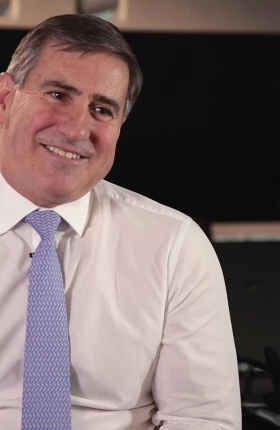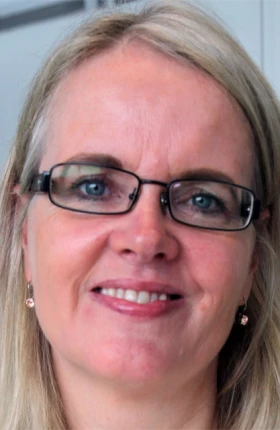Focused on a series of ambitious goals and benchmarks, Richard Herbert, HSBC’s CIO for global banking and markets (GBM), leads his team in tackling some of the biggest issues posed by modern technology.
With GBM working across the asset classes in both primary and secondary markets, Herbert is tasked with balancing business, cost, risk, and regulatory demands with growth and innovation in the development of technology.
Herbert has worked in wholesale and investment banking since the early 1980s. He joined HSBC in 2011 to lead a strategic transformational change program in the organization and took his current CIO position in 2015.
His intimate relationship with both banking and technology has helped him understand how the technology sector has changed over time, how the business can make the most of the change, and what it is that clients want.
What are some of the biggest issues facing your department today? How are you addressing them?
Industry revenues have dropped year on year since 2010. That's probably the key thing. This is a very competitive marketplace, and the paradigm has changed quite significantly since the financial crisis. So we want to grow our revenues, but doing so while revenues are on the decline means that managing cost is really important, as is making sure that the two parts of this equation stay where you want them.
Our primary concern as a centralized technology function is to make sure that we protect the bank in terms of cybersecurity. We must understand the vulnerabilities and be constantly vigilant, and then react quickly to either remove or protect them. It’s an ever-evolving world, and we are constantly evolving our defenses to stay ahead of the threat.
We must also make sure that things are engineered properly. This means that we need to make everything easy to support. We're always trying to balance the desire to give the business what it needs with making sure that we do that in a way that supports the long-term benefit to the organization.
What are some of the changes in technology or operations that you helped initiate?
A key focus is automation—digitization. It's a way of making the business much more efficient. It's trying to make it so that connectivity to clients is much more electronic, much safer, and cleaner. We want to make their process cleaner, and even no-touch, if possible.
This is an increasingly electronic business. Whether you’re talking about low latency trading, or about the volume that we transact, automated processing is becoming more and more paramount.
In terms of new releases, we have a new delivery mechanism that allows us to deliver incrementally, so that we can do it in a safe, secure way. We’re releasing increments of functionality—microservices—that are independent pieces of software, insulated from other parts of the technology. This enables us to go a long way toward being sure that the impact is understood and that things can be contained and removed if anything goes wrong.
How are you adapting to the needs of clients today?
Today’s clients want to connect to us digitally, and they want to be able to compare the activities we offer through a digital service.
I think this is the best client base that I've worked with in my 40 years in the industry. What does that mean? We're seeing more and more Millennials using our technology, and I think perhaps they understand technology much better than clients did in the past. They encourage us to move quickly, and I think their priorities are quite clearly articulated.
They do risk-reward. They absolutely understand the tradeoffs that we could choose to make in order to get things into production faster than we might otherwise. As we see more and more people who are in tune with the technology, we’re better able to have a constructive conversation about satisfying their needs.
Where we are most successful is where we have product owners—people in the business who own the technology product—who join the retrospectives to look back on what went well and to consider what we could do differently in the future.
What are some of your goals for your department?
As a CIO you have to understand what the business is trying to do, and you need to reflect that in the delivery and service of the technology.
We want to go faster and safer in terms of our delivery. That's the number one fundamental for us. We want to show more value to our business, so we obsessively measure and publicize the performance of all of our teams in terms of the releases into production. We can also make sure that we have control over our costs and that we’re growing revenue faster than costs.
Another focus for us is production. We can have the greatest technology in the world, but it's not worth anything if it doesn't run every day. So we have an obsessive focus on production, and we look to maintain the integrity of the production environment beyond all else. We want to do releases rapidly, with the knowledge that we are adding value both to our internal users and to our clients.





